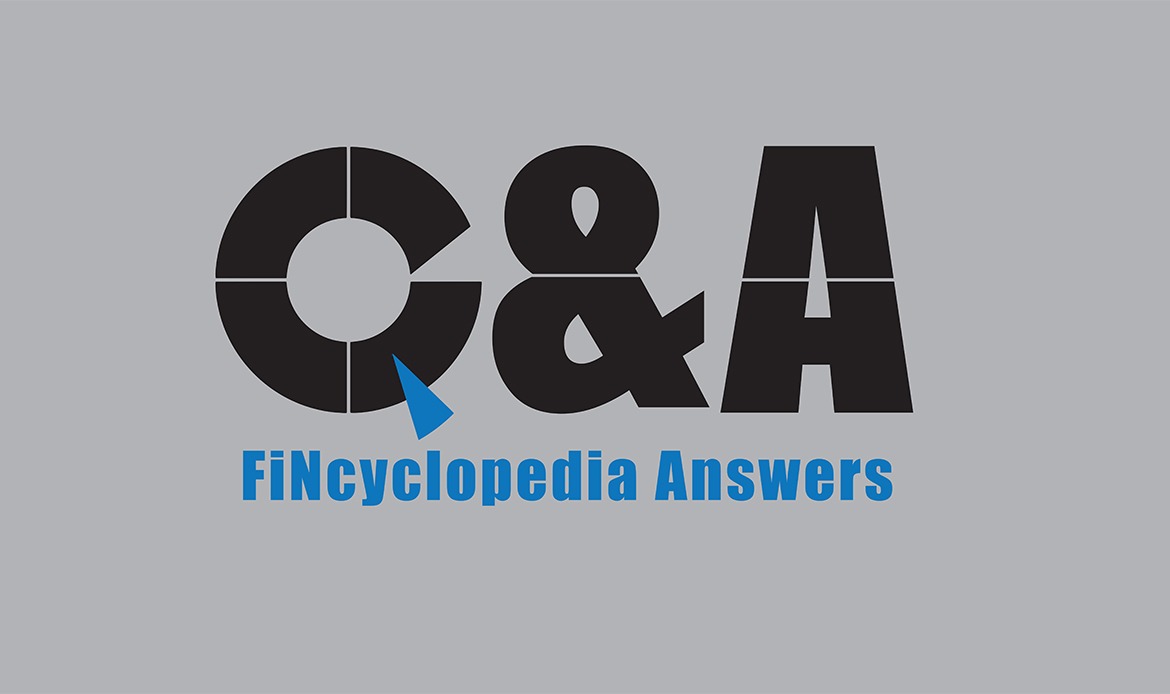A prospectus is a brief, legal document formulated in a simple style and used to present to potential investors all important information about a given company (issue of securities, investment offering, etc) in relation to its . This document must be prepared by the company which files it with and gets it approved by the securities commission before the company may issue shares or debt to the public. The company sets out in its prospectus the securities offered for sale, the unit and total issue price, its management, its operations, how it intends to use the raised funds, and all relevant technical and financial information (underwriting agreement, dividend policy, capitalization, etc). A typical prospectus must contain all material information that would allow investors to make an informed decision as to whether to purchase the securities of the company that constitute the offer.
The most common types (classifications) of prospectus are red-herring prospectus, pink-herring prospectus, free-writing prospectus, abridged prospectus, and reconfirmation prospectus.
- Red-herring prospectus: a prospectus that contains most of the information that will be presented in the final prospectus but often does not mention a price and/or the number of securities. It can be distributed to potential investors after the registration statement for a securities offering has been filed with the securities commission. The name is derived from the red legend printed across the body of the prospectus illustrating that the registration has been filed but is not yet effective. A red-herring prospectus is alternatively known as a preliminary prospectus.
- Pink-herring prospectus: a prospectus that is issued without disclosure of the number of securities being offered or, in an initial public offering, the estimated or indicative price range. It is a preliminary prospectus that precedes the filing of a red-herring prospectus.
- Free-writing prospectus: any sort of written, electronic, or graphic statement that describes an offer in terms of its issuer or securities. It includes a legend stating that the investor can have a copy of the prospectus at the website of relevant securities commission. Typically, the issuer must file this prospectus with the securities commission no later than the first date it is obtained. In the case of inexperienced issuers, the securities commission may require that a preliminary prospectus is filed before the filing of a free-writing prospectus.
- Abridged prospectus: a shorter version of the prospectus that includes all the most key elements of the typical prospectus. An abridged prospectus contains information very similar to the typical prospectus but in a concise and compact form. Both versions of the prospectus must comply with the disclosure requirements prescribed by the relevant securities commission.
- Reconfirmation prospectus: a prospectus that a shell company must prepare and submit for the approval of relevant securities and exchange authorities (the SEC) prior to considering a reverse merger. This prospectus contains detailed information about the private company merging into the shell. It is handed over to purchasers in the shell’s initial public offering (IPO) who must reconfirm their investment after perusing the prospectus before the merger can be finalized. At least 80 percent of purchasers must reconfirm so that the merger transaction can be effected. Purchasers who do not confirm will receive their investment back (of course, less expenses).
Other types that do exist in the global world of investment include shelf prospectus and deemed prospectus:
- Shelf prospectus: a prospectus that describes a set of unissued, but registered securities. It is used in situations where securities are issued in consecutive stages over a period of time because the size of issue is too large (and funds to be raised are enormous, making the filing of prospectus each time very expensive). Later on, an issuer will only need to file the so-called information memorandum with the relevant securities commission.
- Deemed prospectus: a prospectus that is deemed to have been made by the issuer, though it is actually offered to the public by a third party or the so-called issue house (Indian terminology). The issuer saves the underwriting expenses in selling its securities.





Comments